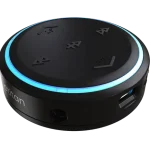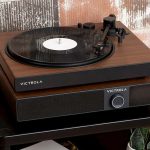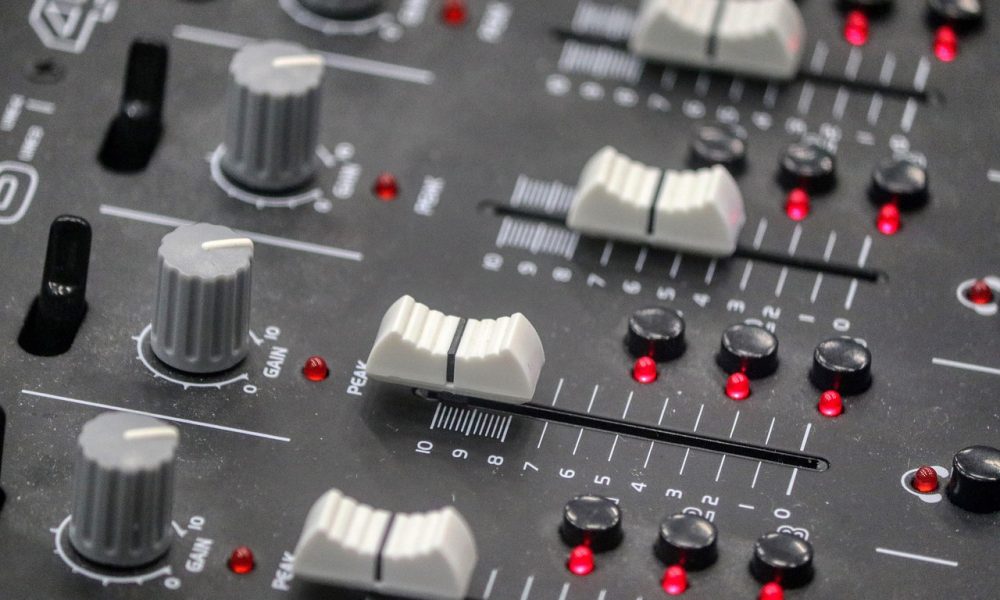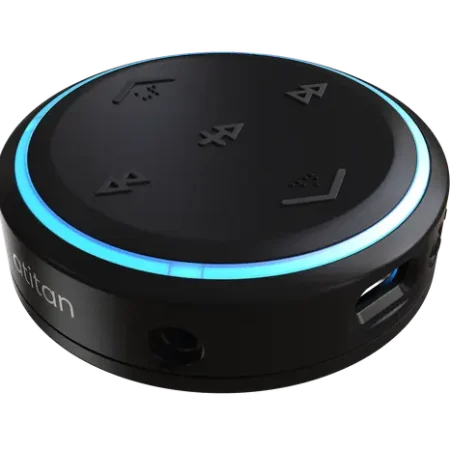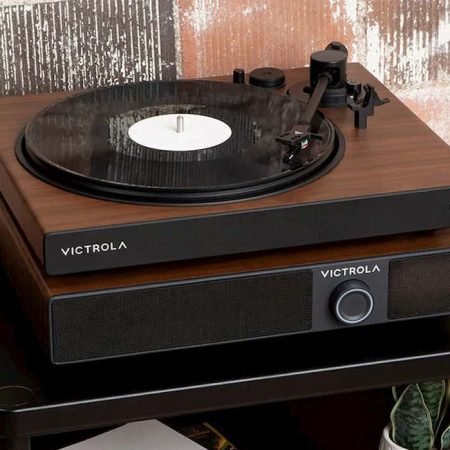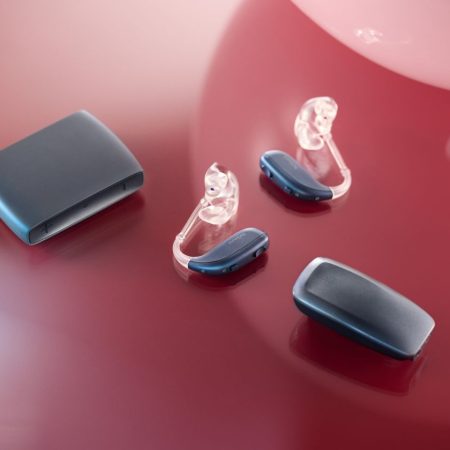How do you overcome people’s objections to installing Auracast?
Like any new technology, Auracast faces an identity crisis. Simply, people don’t know what it is or what it is capable of.
I had first-hand experience of this when talking to someone who managed a small group that met in a hall they hired.
Each time the group gathers, they have to set up their sound system from scratch- microphones, mixer, recording desk and so on. It’s all wheeled in and out every week, and has to be connected to the hall’s speaker system.
Setting an Auracast system up is an undertaking and not for the faint-hearted. After all, it is new technology, and the fear of getting it wrong is real.
The person I was talking to had some concerns about adding an Auracast Transmitter to their setup. And that’s understandable.
In some ways, it’s like giving people a lemon and some wires and asking them not to make lemonade but to power a gadget by using the fruit as a battery. Written like that, you’re really not sure what to expect.
Here are some of the objections that came up. You’ll note that not one of them is cost-related – their concerns were from a practical perspective.
So what were the Auracast objections?
They didn’t know if Auracast would work
One of the joys of any wireless technology is that it’s like the wind … you can’t see it.
Auracast is new, it’s an unknown, and you can understand that there is some suspicion that it is not the be-all and end-all to accessibility for hard-of-hearing and deaf people, nor is it the way forward to help people with headphones either.
Unfortunately, the only way to know it works is to try it.
But that’s for another point.
They didn’t know if an Auracast signal would be used
Colour television came to the UK in 1967, with some test transmissions of Wimbledon.. These had to be carried out on BBC 2 as it needed the higher quality signal. Essentially, back then a television picture was made up of lines, and the existing technology was 405 lines, but BBC 2 could transmit in 625 lines.
At the launch, there were just 500 homes capable of watching television in colour.
At a time when television sets were rented, it took an age for the switchover to take place … in the UK, to fund public service broadcasting, we pay a license fee. These were separated into black and white and colour licenses. it wasn’t until 1977 when the number of homes with a colour license overtook the black and white ones.
That’s 10 years.
And even then, by 2022, there were still 4,200 black and white television sets in use.
A similar transitional period was needed to upgrade our television networks from analogue to digital (sets that could only pick up BBC, ITV, Channels 4 and 5 to Freeview). Now we’ve switched over, few would look back.
The point of this shaggy dog story?
Auracast is going to take time to become a standard in everyday lives.
It will happen: the Bluetooth chipsets will start shipping already Auracast-enabled, and the technology will trickle down from the higher-end of the market to the lower end.
So if it’s coming, people should be installing their Auracaster as soon as possible.
Think it won’t happen?
Once upon a time the smartphone with fancy screens were the preserve of the top quality sets, now you can pick one up for £60 from a supermarket’s special buy range.
They didn’t know how to test to see if the Auracaster was working
You can understand this.
We’re at ground zero for this technology, and there are few items on the market that have Auracast baked in to them.
Right now, it is a tech for the early adopters, not the mass market.
That will change, but with just a limited selection of hearing aids being Auracast-ready, few people in a small group will have access to the signals.
There are also just a handful of Auracast-enabled headphones, plus a smattering of Bluetooth LE Audio on the likes of AliExpress.
The official headphones are at the the top end of the market, and coming in at around £200 upwards, with an honourable exception to the Homespot range, which is around £90 but has to be ordered in from the US, with the added complication that if it goes wrong returning it will be an expensive hassle.
As a result, many small groups will find that as of June 2025, the potential solutions for testing an Auracast system will a bit beyond their budgets.
The old-school Loop system used in another venue had stopped working and no one had complained
This one tickled me, and you can understand the frustration of the person I was talking to.
Their small group had moved venue and there was a loop (telecoil) in their previous meeting hall. To use this, people would have to turn their hearing aids to the T setting and their sound would switch to the radio transmissions.
In case you’re unaware, installing a loop is quite a task, as it requires adding a loop of wire around the hall, or a section thereof, and ensuring it is flush with the wall or floor so no one can accidentally trip over it.
Being made of wire, it can go wrong and they often do.
Once, the loop didn’t pick up the church service I was in. Instead, it was BBC Radio 4’s Test Match Special. It caused some amusement.
More often than not, the loop just won’t pick up, the sounddesk operator forgets to turn it on or up, or the sound is too quite, too fuzzy or too loud.
In this case, my friend said the loop broke down … and no one noticed. If no one noticed, then either no one was using it or they weren’t comfortable enough to tell the sounddesk operator.
Not telling the person on the sounddesk might seem strange but if you are hard of hearing and you have to ask for assistance in a public place, well, it’s not always that easy. You don’t want to be one who is always causing a kerfuffle, or you fear the techie may not understand the request, or does and doesn’t want to do anything about it.
For myriad reasons, it can be difficult to ask for extra help.
Hopefully, the use of Auracast Assistants on phones and laptops will help eliminate some of this uncertainty: people will be able to see at a glance if an Auracast stream is on, and if not, ask for it to be switched on.
It would add extra steps to their setup – and in a volunteer-run place that can put someone off
This final one I can totally understand.
For this venue, the sound team are all volunteers and have to get to a meeting early to set the system up, check if it’s working and then, at the end of the meeting, pack it all away again.
Cables, wires, boxes, microphones … all have to be stored neatly to avoid any damage while awaiting their next deployment.
Adding anything extra to this setup is going to be a pain. Of course it is. It’s an additional step, it will mean people using the site will need training, and … and …
Adding Auracast can be a hassle that they don’t want right now.
The question is, can an Auracast transmitter be added to an existing system as plug and play? Retrofitting is great, but for take up, the Auracast system has to be as easy as possible to use.
The FlooGoo suggests this is possible but for this type of transmitter it would require the sound to be split between the speakers and the Auracaster, and there to be USB inputs.
Conclusions
Until this conversation, I didn’t think Auracast would have many barriers to entry. The idea is simple – once set up, it’s just a case of ensuring it’s turned on at the start of the meeting, event, play, lecture, or conference.
But there is a mountain to climb in helping people see the benefits of installing Auracast systems at this early stage … and that is where we all have a part to play.
How would you get round some of these objections?
And what objections have you heard?


